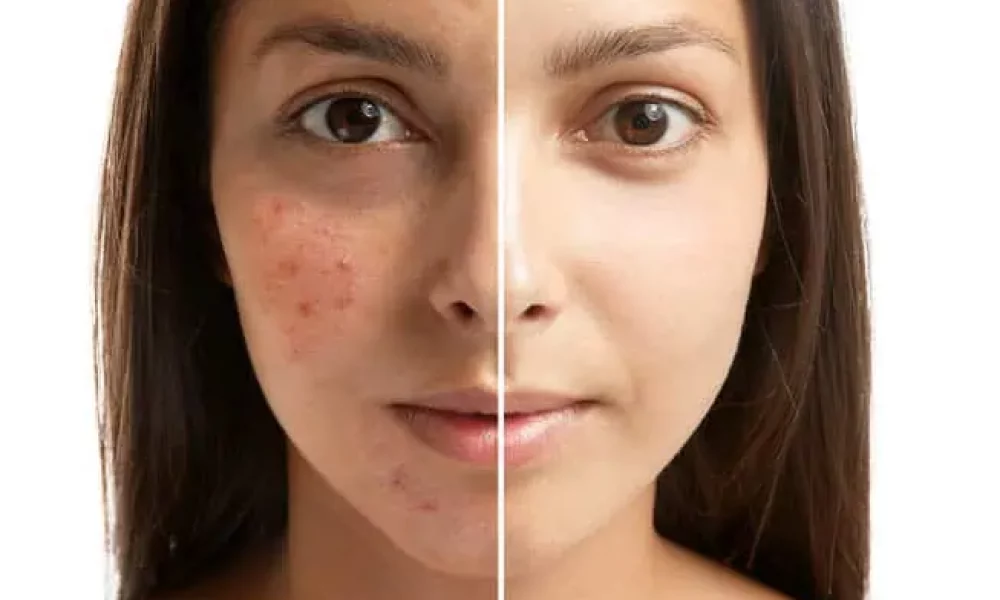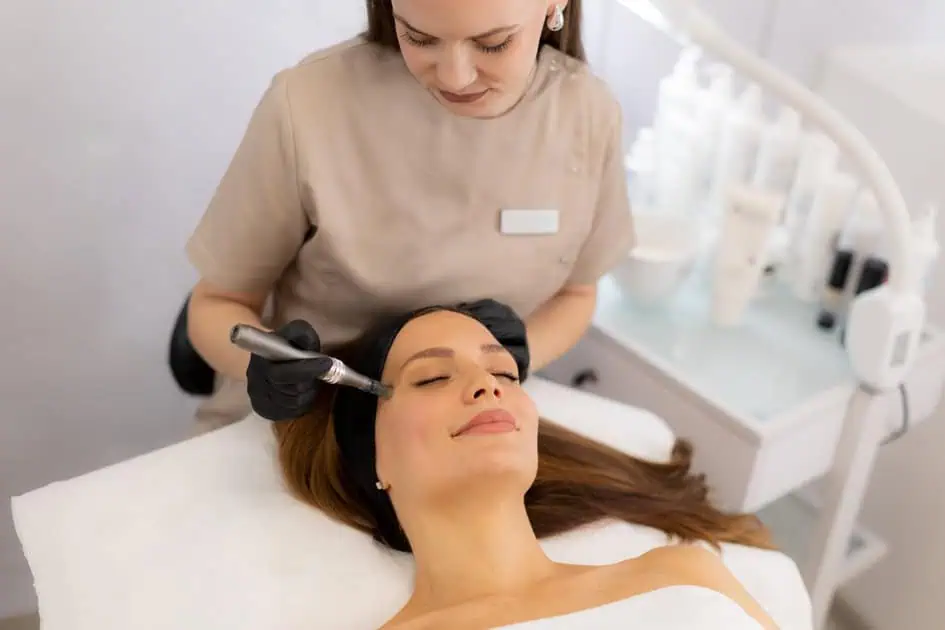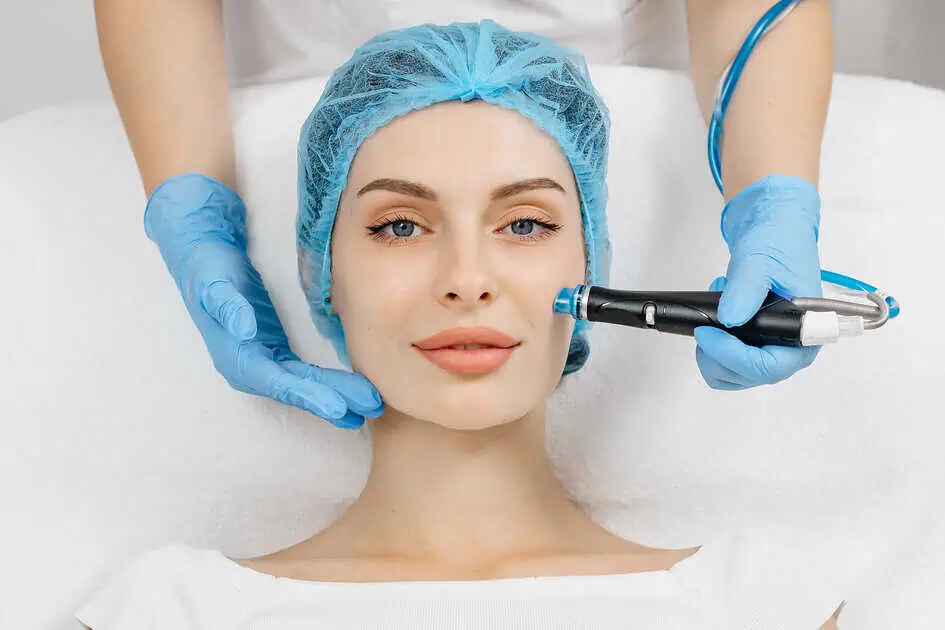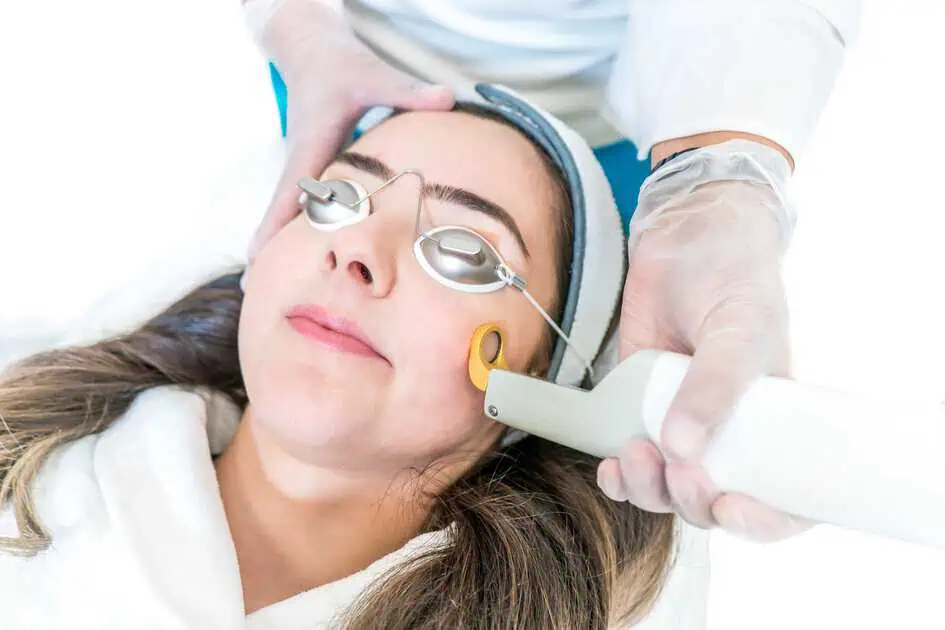Table of Contents
Every day, more people notice patches of darkened skin appearing on their bodies, often leaving them puzzled and searching for answers. These skin concerns—melasma and hyperpigmentation—are more common than you might think, and they’re not just affecting a few people. Understanding what’s happening to your skin can make all the difference in how you handle these changes and what steps you decide to take next.
What is Hyperpigmentation?
Hyperpigmentation is a term that refers to any darkening of the skin due to excess production of melanin, the pigment responsible for our skin color. You’ve probably seen it as freckles, sunspots, or those stubborn dark marks that just don’t seem to fade. It’s more than just a cosmetic issue; it’s a reflection of what’s going on inside and outside your skin.
Causes and Triggers
Hyperpigmentation happens when our melanocytes, the cells in our skin that produce melanin, go into overdrive. Here’s why:
- Sun Exposure: Spending time in the sun without protection can stimulate melanin production. Over time, this leads to sunspots, particularly in areas like your face and hands that catch the most rays. It’s your skin’s way of shielding itself, leaving you with those unwanted spots.
- Inflammation: This is where things like acne scars and eczema come into play. When your skin gets irritated or injured, it can respond by producing more melanin, resulting in dark patches that outlast the original problem.
- Hormones and Medications: Some medications can trigger excess melanin production as a side effect. Also, hormonal changes, especially during pregnancy or when taking birth control, can lead to a type of hyperpigmentation known as melasma.
What is Melasma?
Melasma, often dubbed the “mask of pregnancy,” is a more specific form of hyperpigmentation. It typically presents as symmetrical patches of brown or gray-brown discoloration, mostly on the face. It might be harmless, but it’s certainly persistent and often frustrating to deal with.
Causes and Risk Factors
- Hormonal Influences: Women, particularly those experiencing hormonal changes during pregnancy or from using hormonal contraceptives, are more susceptible. These hormonal shifts can trigger melanocytes to produce more pigment.
- Genetic Predisposition: If your family has a history of melasma, you might be more likely to develop it, too. People with darker skin tones, such as those of Hispanic or Asian descent, are also at higher risk.
- Sun Exposure: Like other types of hyperpigmentation, melasma is aggravated by UV exposure. If you’re prone to it, it’s necessary to protect your skin.
Differentiating Between Melasma and Other Hyperpigmentation
While melasma is technically a form of hyperpigmentation, it has some unique traits. Unlike other types, which might fade over time, melasma can stick around if not properly managed. It’s also more likely to appear in larger, symmetrical patches and is strongly influenced by hormones, setting it apart from the rest.
Treatment and Management Options
When it comes to dealing with these skin conditions, the approach often involves a mix of preventive measures and targeted treatments.
Preventive Measures
Sun protection is key. Make sunscreen your best friend—apply it daily, even if it’s cloudy outside. Hats and protective clothing can further shield your skin from harmful rays, preventing existing spots from getting darker and new ones from forming.
Treatment Strategies for Hyperpigmentation
- Topical Treatments: Products containing ingredients like vitamin C, retinoids, and hydroquinone can help lighten dark spots. These treatments work by either slowing down melanin production or helping your skin shed its top layer, revealing fresher, more evenly toned skin underneath.
- Chemical Peels: These treatments involve applying an acid solution to clear the skin’s outer layers, helping to lighten dark patches. While effective, they should be done by a professional to avoid unwanted side effects.
- Laser Therapy: Lasers target melanin in the skin, breaking it down so it can be absorbed by the body. While promising, this method can be pricey and may require several sessions for noticeable results.
NeoSkin by Aerolase
Enter NeoSkin by Aerolase, a game-changer for melasma treatment. This advanced laser technology uses 650-microsecond pulses to penetrate deeper into the skin, targeting not just the surface but also the deeper layers where melanin builds up.
Unlike traditional treatments that only address surface pigmentation, NeoSkin goes deeper, more effectively breaking down melanin deposits. It’s gentle enough for all skin types, which means less risk of side effects like redness or scarring. Plus, it doesn’t require any downtime, making it a timely option for those with busy schedules.
For even better results, NeoSkin can be combined with other treatments like chemical peels. This one-two-punch approach tackles hyperpigmentation from multiple angles, speeding up the clearing process. Clearer skin can be achieved by working smarter, not harder.
Who’s A Good Candidate For NeoSkin by Aerolase?
NeoSkin by Aerolase is a highly effective treatment for managing melasma and hyperpigmentation. However, it’s not suitable for everyone, and several factors determine if someone is a good candidate.
- Pregnant Women: Generally not recommended due to hormonal changes affecting skin sensitivity and healing.
- Sunburned or Irritated Skin: Wait until the skin has healed to avoid increased discomfort and irritation.
- Unidentified Skin Conditions: Consult a dermatologist to ensure underlying conditions won’t react negatively to treatment.
- Photosensitizing Medications: Patients taking medications like Accutane should discontinue use at least six months prior to treatment to prevent increased skin sensitivity.
- Topical Retin-A Users: Discontinue use two weeks before treatment to allow skin sensitivity to normalize and reduce the risk of irritation.
Consulting with a qualified dermatologist can help determine whether NeoSkin is the right choice and ensure the treatment is administered safely and effectively.
Takeaway
NeoSkin by Aerolase offers a promising solution for those dealing with melasma and hyperpigmentation, providing an advanced approach that effectively targets deep-seated melanin and vascular components. With its ability to treat all skin types safely and efficiently, NeoSkin can help you achieve clearer, more even-toned skin. However, ensuring you’re a suitable candidate is crucial for optimal results. If you are considering NeoSkin treatments, consult a provider to identify the best approach for your needs.
If you’re ready to explore how NeoSkin can transform your skin, Vida Aesthetics & Wellness is here to help. Contact us today to start your assessment!






